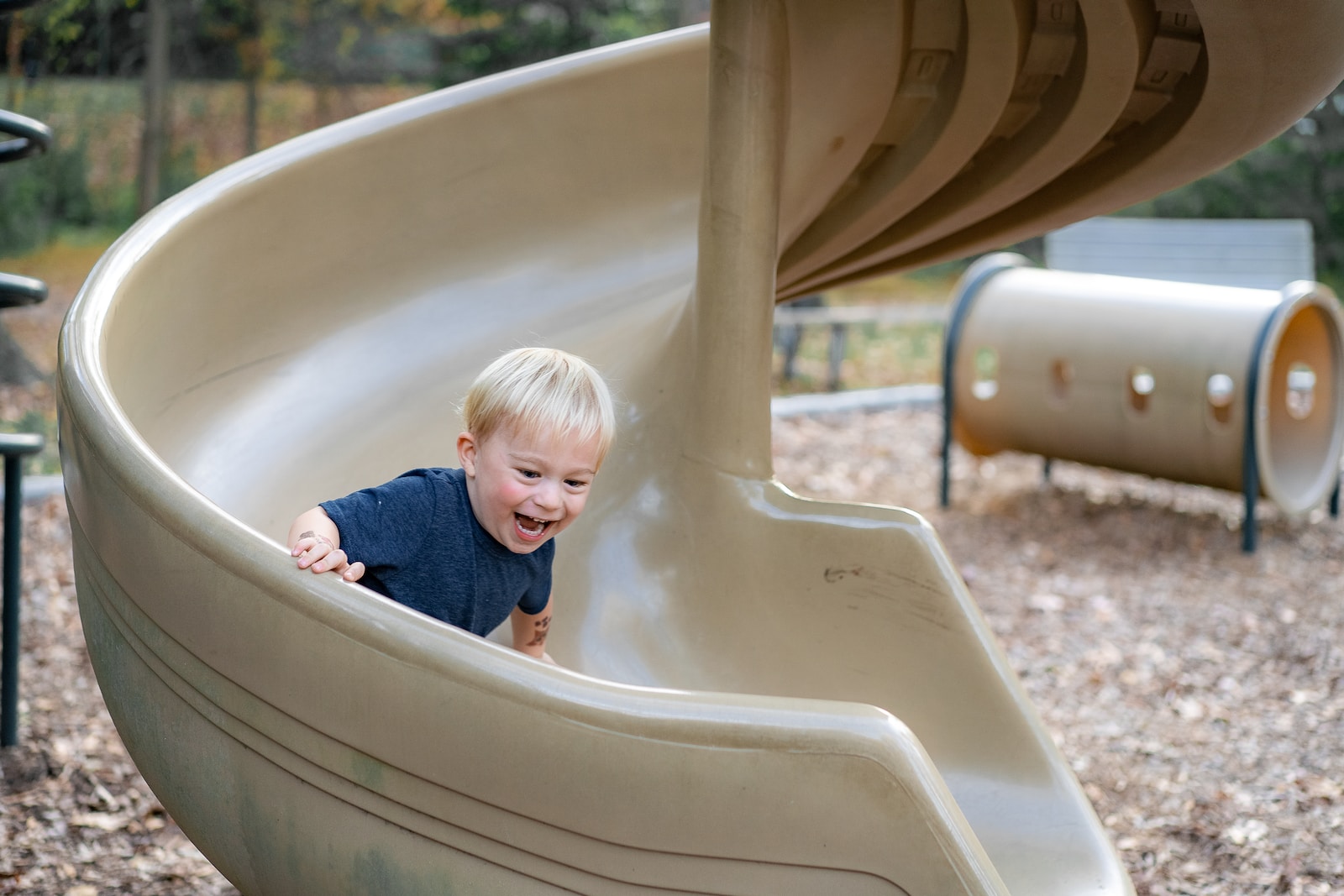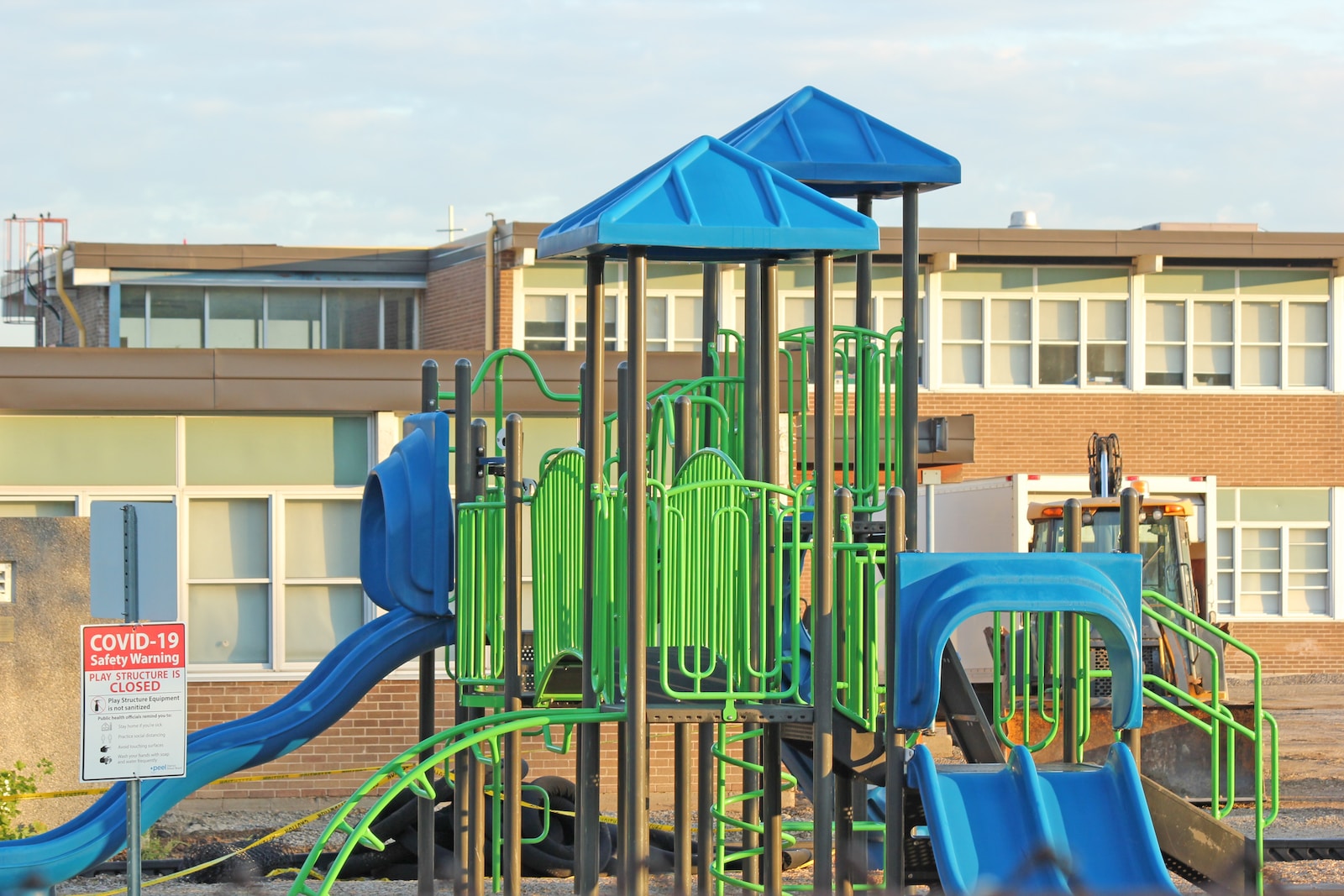Abstract
Outdoor play in nature-rich spaces has been associated with healthy development among young children. The diverse play opportunities afforded to children by natural playspaces can scaffold health benefits, appreciation of nature, and pro-environmental behaviors into adulthood. Environmental features and conditions of outdoor playspaces significantly influence the diversity and quality of play opportunities. Understanding how the physical environment can support high-quality play experiences can inform the design of stimulating, health-promoting playscapes for children. An observational behavior mapping framework was utilized to examine the environmental features of The Backyard, a large natural playscape, associated with play activities among young children. The Tool for Observing Play Outdoors was used to capture outdoor play types OPT), along with associated behavioral and environmental data, during seven days of field observation. While the playspace supported most OPTs, Physical and Exploratory play were most prevalent. Associations with activity intensity and risk play are also presented. Loose parts, particularly natural loose parts, were highly involved in most OPTs, but especially associated with Exploratory play. Ground topography showed some association with several OPTs and warrants further investigation. The environmental features of The Backyard supported an abundant and diverse range of outdoor play activities for young children and families.
Journal: International Journal of Environmental Research and Public Health
Year: 2022



